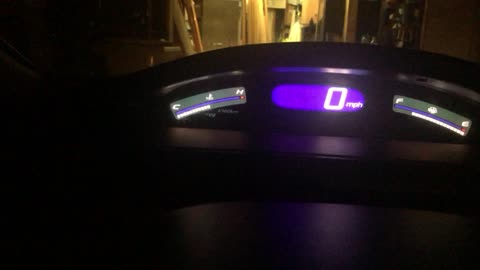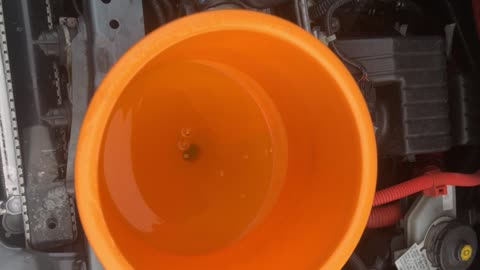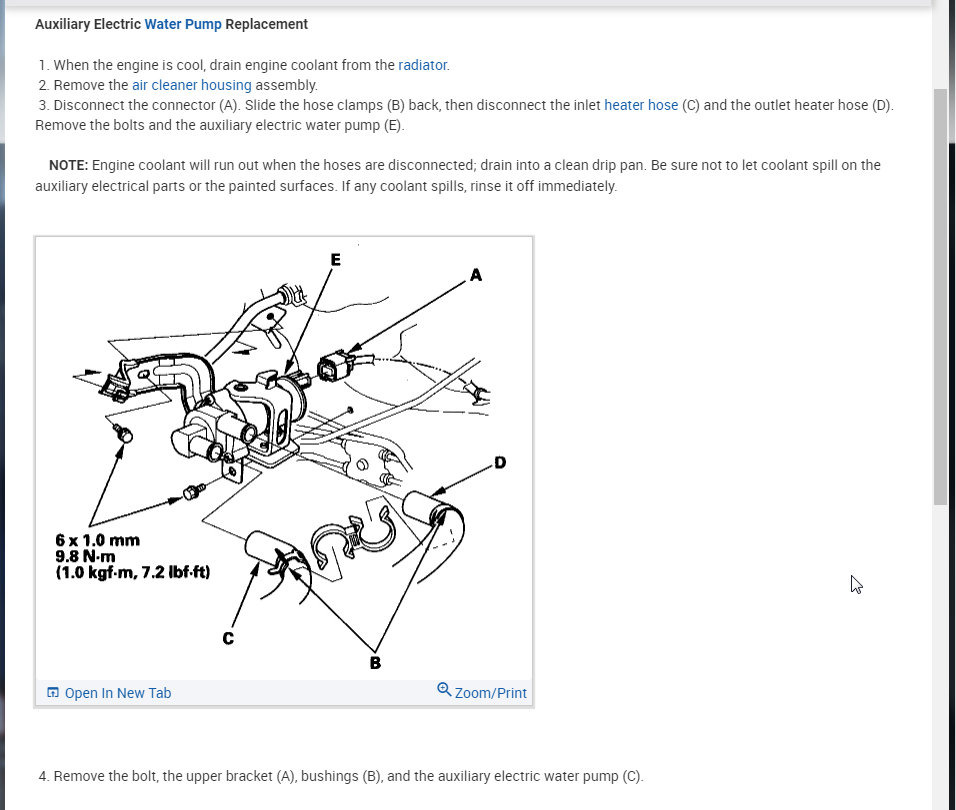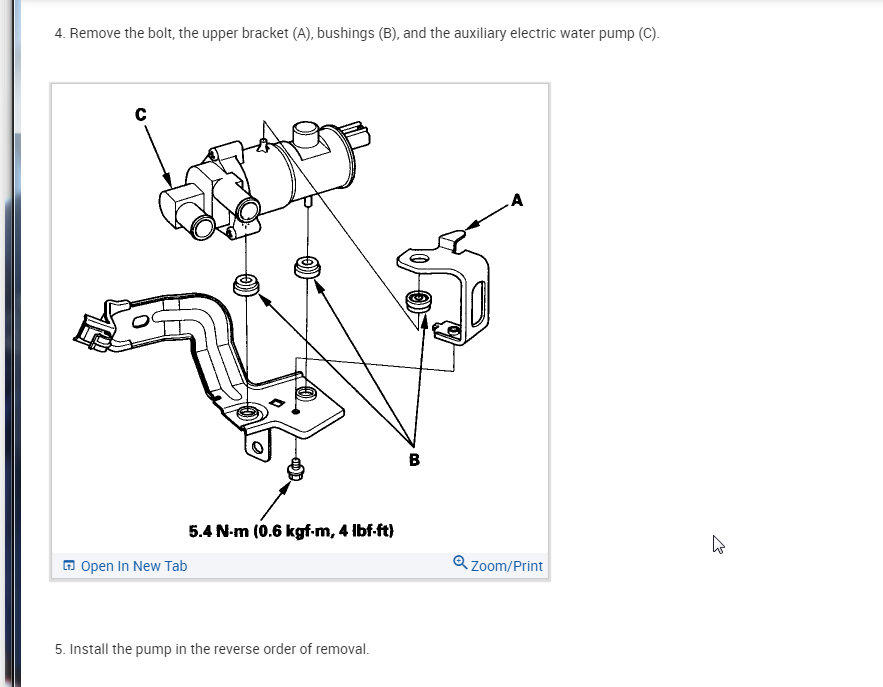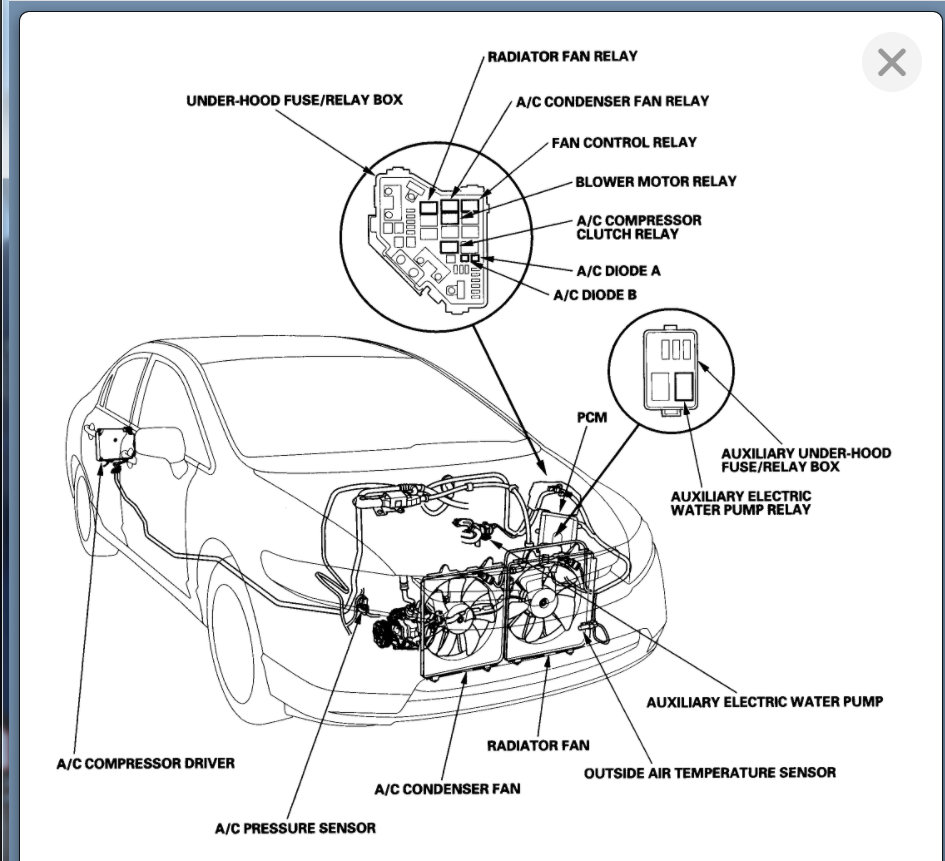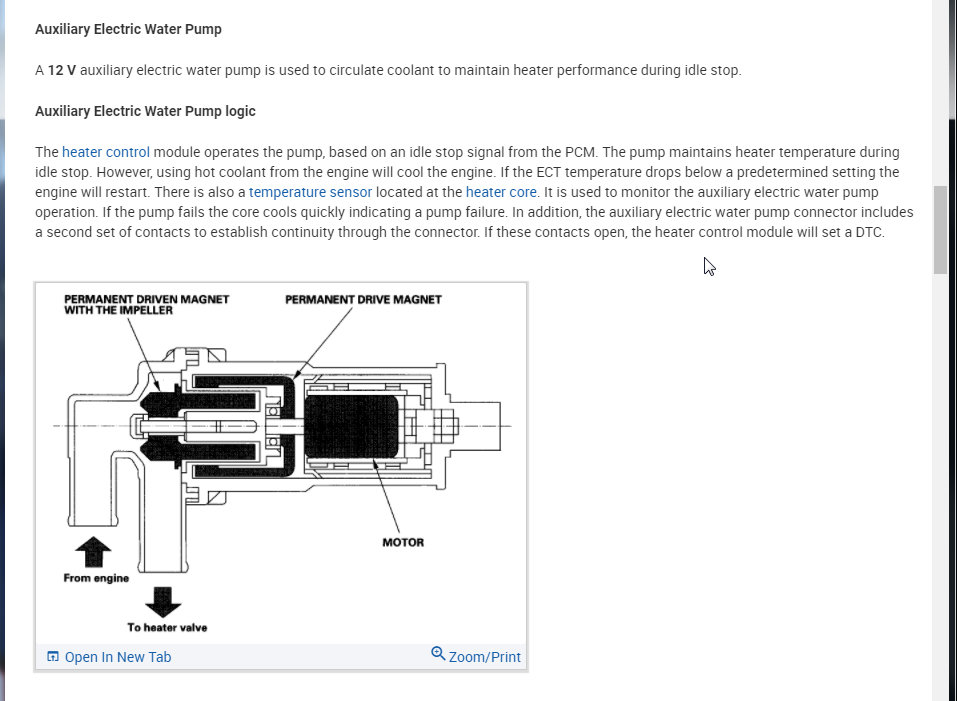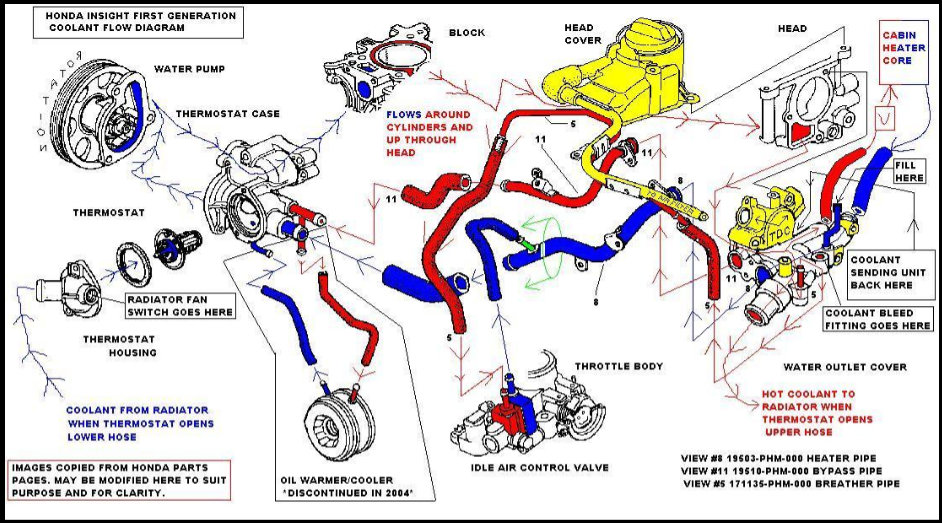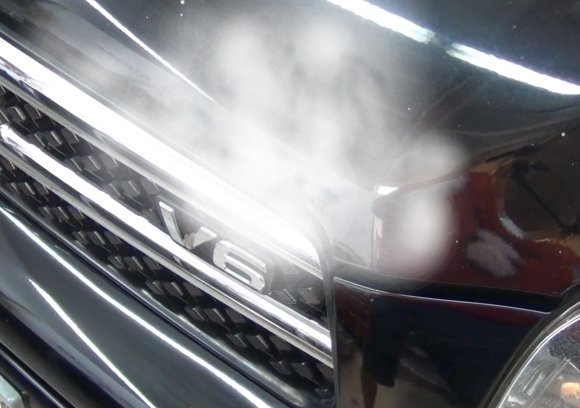So, that coolant hose that goes from the back of the engine to the firewall is next to impossible to get off. I couldn’t do it. I just ended up splicing it, and will run two clamps and a coupler when I’m done. Anyways, the issue still is there.
Here’s something interesting though. After about 20 min of running, there’s still air in the system. Something else, if you look, it seems like the air coming out isn’t being replaced by coolant. The coolant level isn’t going down.
Unless you have any ideas, I am starting to think there is a small crack or something in one of these hoses that is introducing air. The bumbling isn’t very much. I am wondering if that’s possible without any visible leakage?
Another interesting thing when I put the heater core hoses back into the system, when I turn on the heater, there is a rise in air coming out of the system. When I turn off the heater, it goes down to that level shown in the video, and bubbles slowly just like that.
Video (Click to make bigger)
Friday, September 18th, 2020 AT 3:43 PM
